Yesterday Japan experienced an earthquake, the largest recorded in the country since 2018. As some of you know, I am currently in Japan and, as luck would have it, was in the observation deck on the 45th floor of the Tokyo Metropolitan Government building in Shinjuku when the quake hit.
Adrian and I were admiring the sprawling cityscape when the floor beneath us began to move. A quick exchange confirmed our suspicions—an earthquake. We swiftly distanced ourselves from the floor-to-ceiling windows. Meanwhile, others sought safety by dropping to the floor and moving to the middle of the room as the building swayed. Amidst the commotion, the eclectic Kusama grand piano fell silent.
The building was moving so much that it was challenging to walk in a straight line. We found Michael who was shaken while reliving some of his experiences of being in Tokyo during the massive 2011 earthquake.
I checked the Japan Meteorological Association website and learned that the epicenter was in Noto, Ishikawa prefecture, with a magnitude of 7.6. Since yesterday we have learned, sadly, that 6 people lost their lives. (With recovery operations still ongoing as of this writing.)
It was an almost surreal experience, being ensconced in a tower 250 meters above ground that was rocking and swaying, when only moments prior, we were marveling at the panoramic views that unfolded before us—Mount Fuji, Tokyo Dome, the towering landmarks of Shibuya and Shinjuku, all embraced by Tokyo's expansive urban landscape.
Despite the duration of the tremors, which continued for the better part of a half hour, a prevailing sense of calm permeated the room. There were only a handful of people out of more than 100 that were displaying any signs of distress. There were some anxious glances, but no voices or sounds that would connect our experience to the awe-inspiring raw natural phenomenon unfurling around us. Perhaps this is to be expected in a nation with a long history of formidable earthquakes and tsunamis. Perhaps it was the dampening effects of modern urban architecture, insulating us from the direct exposure to nature’s uncertainty.
After the tremors subsided, we started to focus on our exit strategy. A queue had swiftly formed in front of the elevator, but when it became apparent that the elevators were not operational, the crowd opted to sit down. The authorization to use the elevators was pending, compounded by a shortage of staff available to guide individuals down 45 flights of stairs. All this delay highlighted an ironic facet of Japanese culture, where risk-aversion can inadvertently and perversely create further potential risk: the looming possibility of another tremor couldn't be dismissed, and keeping people stranded at such heights seemed far from an optimal response. At this point I felt pretty certain that had this scenario been playing out in the US, we would be in some sort of dramatic stand-off with throngs rushing for the stairs no matter what the authorities were saying; insisting they be allowed to leave as soon as possible.
Adrian and I engaged in conversation with a delightful Taiwanese couple, observing the scarcity of Chinese being spoken in the room—a stark contrast to its prevalence across Tokyo this past week. Light-heartedly, we quipped about the possible reason being the floor's association with the number 4, a homonym for "death" in Chinese culture, considered an unlucky omen. (In many Chinese buildings, the fourth floor is typically omitted, jumping directly from the third to the fifth floor.)
We also joked about risk-averse Japanese culture and imagined how a similar situation might unfold in China. Together, we witnessed and savored a breathtaking sunset casting its hues behind Mt. Fuji.
After roughly an hour and a half (and, we suspect, a decision by the building safety staff that climbing up 45 flights of stairs to escort people down was highly undesirable), the elevators were finally authorized for use. We descended from the building, eventually reaching a noodle shop in the basement of Shinjuku-eki. This prolonged wait and conclusion added an extra surreal dimension to the aftermath.
Throughout the experience, I remained remarkably composed. Initially, I was inclined to attribute it to resilience and fortitude. ;) But upon deeper reflection, I recognized that my ability to remain so relaxed stemmed less from any sort of inner tranquility and, more fundamentally, from privilege: that of being in a country equipped with earthquake-resistant structures and stringent building safety standards and policies. The building we were in had rocker mechanisms and dampers which assured me of its stability. (Strangely, a prior experience of being caught in an earthquake in Tokyo during the late 90s, inside a department store, likely also contributed to my sense of calmness).
These incidents contrasted deeply with my experiences in the aftermaths of earthquakes elsewhere in the world. Visiting Nepal shortly after the devastating 2015 earthquake, I witnessed the widespread devastation resulting from substandard construction in Kathmandu and rural areas. While in a meeting with government officials, a minor tremor caused all the Nepalis in the room to swiftly leap up and rush into the courtyard, taking us foreigners by surprise. Talking with Nepali colleagues and friends afterward revealed the pervasive trauma among those who had lived through the earthquake, sparking a discussion on the lingering impact of such seismic events on individuals and communities.
I vividly remembered the Sichuan Earthquake that struck in May of 2008, a period when I served as Northeast Asia Director/China adviser for ICG. That catastrophic event resulted in 70,000 deaths, highlighting a similar tragic scenario where numerous buildings collapsed due to substandard construction quality and a blatant disregard for safety standards, particularly rampant in areas inhabited by impoverished communities plagued by corruption and neglect. The shoddy construction of the buildings, particularly schools and public structures, infamously termed "tofu buildings" ("豆腐建筑" dòufu jiànzhù), led to a tragic loss of life, notably among schoolchildren, and sparked widespread public outrage, aggravated by the “one child” policy.
I recalled Ai WeiWei's powerful art exhibits in Beijing, one entitled “Remembering” which featured a long list of names of the schoolchildren who perished in the quake as memorial to honor and remember them. Another of his poignant and impactful installations involved the use of numerous children's backpacks arranged to spell the sentence, "She lived happily for seven years in this world,” a quote from a mother whose child had tragically perished in the quake. It was an awful time to be working in China. I also remembered the highly unprecedented move for China to augment its own soldiers, security forces, and medical personnel by departing from past practice to welcome disaster relief experts and heavy equipment from other countries, including support from Japan, Russia, South Korea, Singapore, and even private teams from Taiwan, in a rare collaborative international response to alleviate the disaster's impact.
I recalled the tragic Haiti earthquake of 2010, a devastating event when a magnitude 7.0 quake hit near Port-au-Prince. The combination of substandard building practices and inadequate construction materials resulted in a staggering loss of 230,000 lives and left over a million people homeless.
This disaster struck me personally as I tragically lost a grad school roommate who was one year behind me and had followed in my footsteps to work for the UN. After various assignments, he had returned along with his wife and three children with the organization to his home country. He made a valiant but futile attempt to shield his two daughters during the quake, and tragically, they lost their lives alongside him. Miraculously, his wife and one child survived, and they've since managed to rebuild their lives in New Zealand.
Of course these instances are merely a glimpse of the numerous cases where earthquakes have led to widespread devastation in developing nations. This destruction is often a result of insufficient building standards, lax enforcement of safety regulations, corruption, and the use of substandard construction materials and techniques.
These calamities constitute grave human rights violations, stripping vulnerable communities of suitable housing and safety measures, fundamental aspects of economic, social, and cultural rights. The issue transcends mere lack of awareness, education, or regulatory frameworks. It encompasses inadequate urban planning and zoning regulations that result in densely populated regions characterized by a high concentration of vulnerable structures, magnifying the impact of seismic events.
Consequently, the aftermath of earthquakes in these areas is marred by tragic loss of life, injuries, displacement, and economic setbacks. These adversities intensify the cycle of poverty and present formidable obstacles to long-term recovery endeavors.
Reflecting on yesterday's earthquake in Tokyo, the surreal experience of being inside a tall, modern tower during the tremors without feeling personally threatened was striking. The prevailing calmness among the majority on the observation deck could be attributed to the assurance of living in a nation furnished with strong, earthquake-resistant buildings. Tokyo's insulation, fortified by architecture, economics, culture, and governance, shields its inhabitants from the raw unpredictability nature can unleash.
In a city where cafes offer experiences with animals like cats, pigs, hedgehogs, and otters to connect with nature and the animal kingdom, modern living has distanced us—leaving us disconnected and removed from the natural world's vibrancy and the entirety of life's spectrum, including the inevitable cycle of life and death. (Of course this sense of detachment isn't unique to Tokyo but resonates across many large global cities. And I do have a soft spot for cats, pigs and hedgehogs!)
This detachment stands in stark contrast to my experiences in Nepal, reflections on the aftermath of the Sichuan Earthquake, and my emotional connection to Haiti's devastation. Despite earthquakes of no greater magnitude than that of yesterday’s in Japan, one I calmly experienced high above a bustling metropolis, these seismic events have inflicted profound devastation upon vulnerable communities, particularly impacting children.
These experiences underscore the importance of the work of advocating for equitable access to secure infrastructure and adequate resources for vulnerable regions, emphasizing the urgent need for global collaboration in disaster response and preparedness.
The Tokyo earthquake on January 1, 2024, brought into my focus how an event that seemed relatively unremarkable in a developed economy could have resulted in significant loss of life in most countries in the world. It serves as a stark reminder of the privilege of safety measures and underscores our urgent responsibility to address the stark disparities that leave millions in vulnerable regions perilously exposed to the ravages of earthquakes and other natural calamities.
Notes:
Absolutely nothing should deter any of you from exploring Japan; it's an enchanting place—one that continually beckons me back (this being my 5th visit and the adventure continues!). Just to clarify: I'm not benefiting from any kickbacks from JNTO for this shameless plug!
For both newcomers and frequent visitors alike, my dear friend Carrie Grossman has something extraordinary planned—a retreat in Japan from 14-17 March 2024 that's an absolute gem! No kickbacks here either, just a heartfelt recommendation you shouldn't miss out on!
For a poignant film deeply entrenched in the aftermath of the 2011 Japanese earthquake and tsunami, I highly recommend Makoto Shinkai's latest, "Suzume" (streaming since Nov 2023).
Disconnecting now for a zen retreat. Catch you on the flip side!
Much love, Stephanie



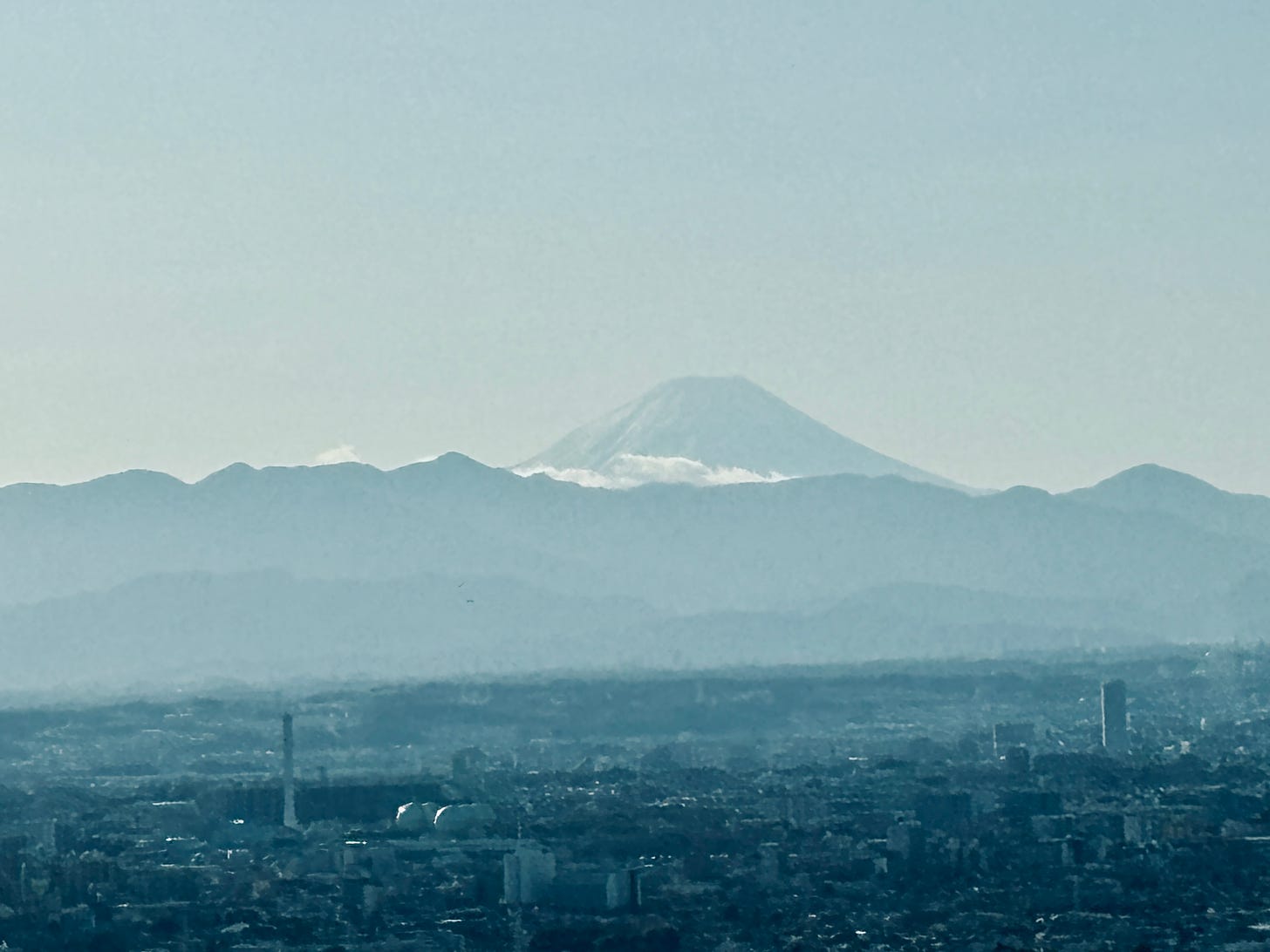
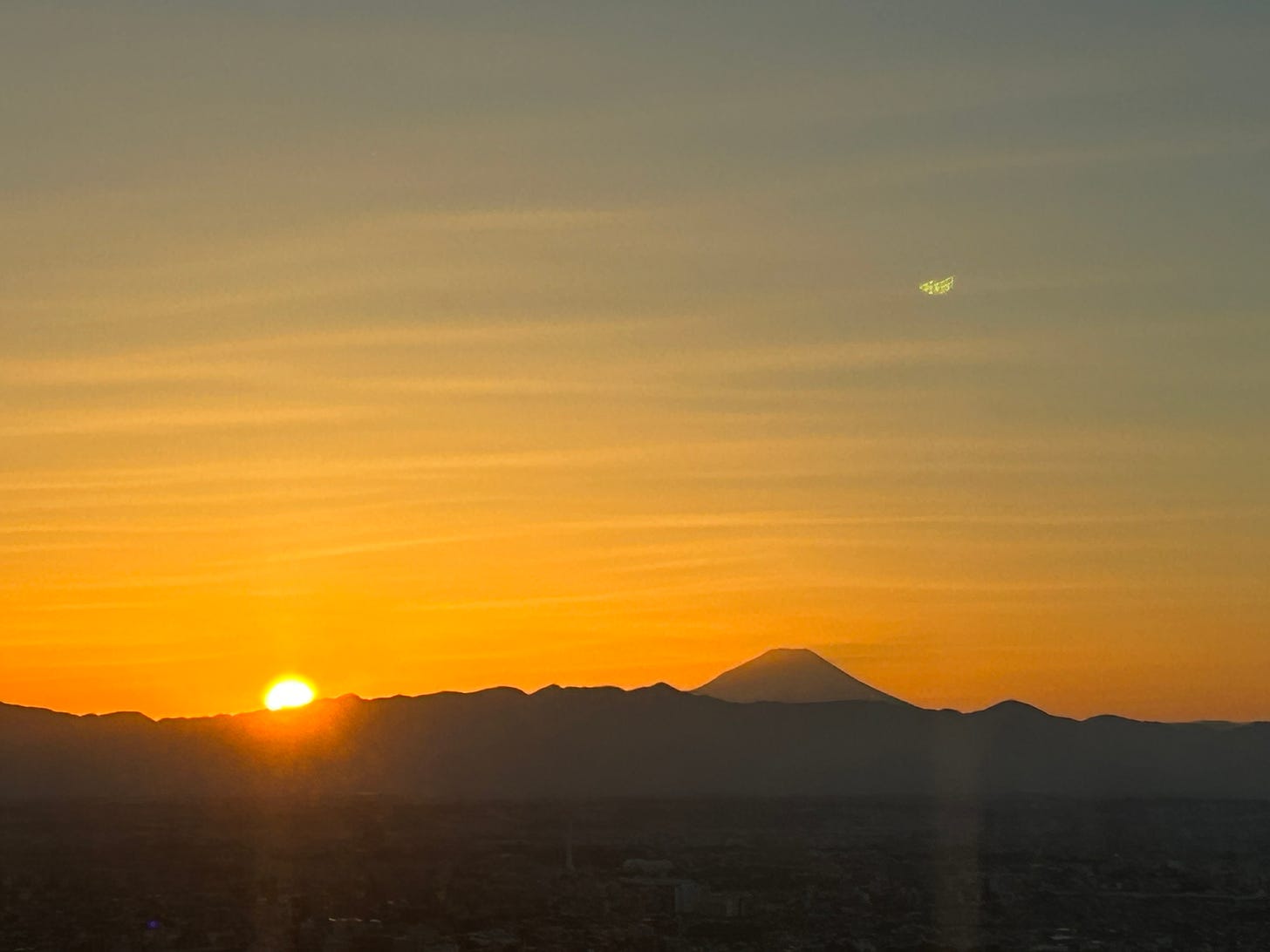

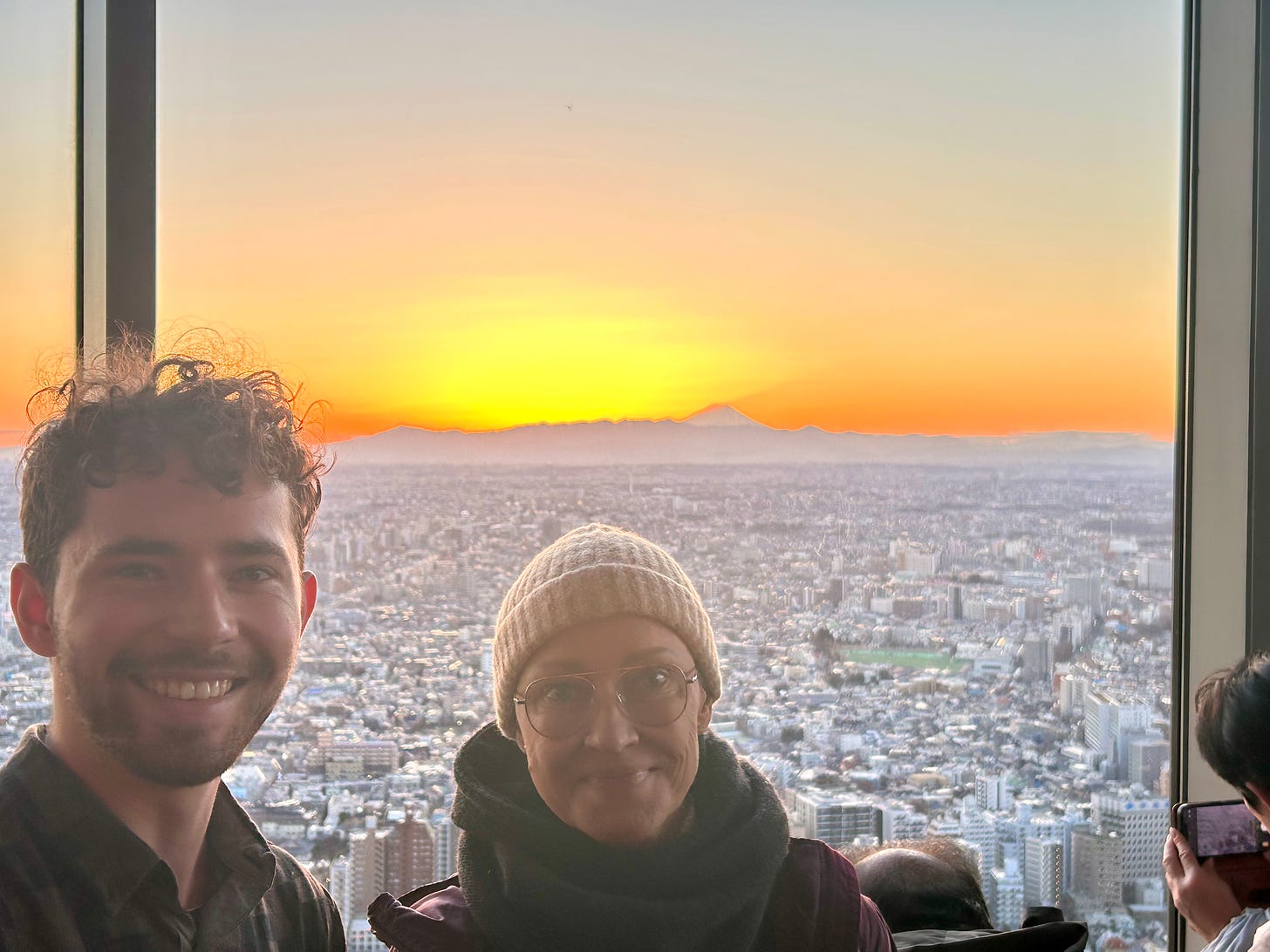
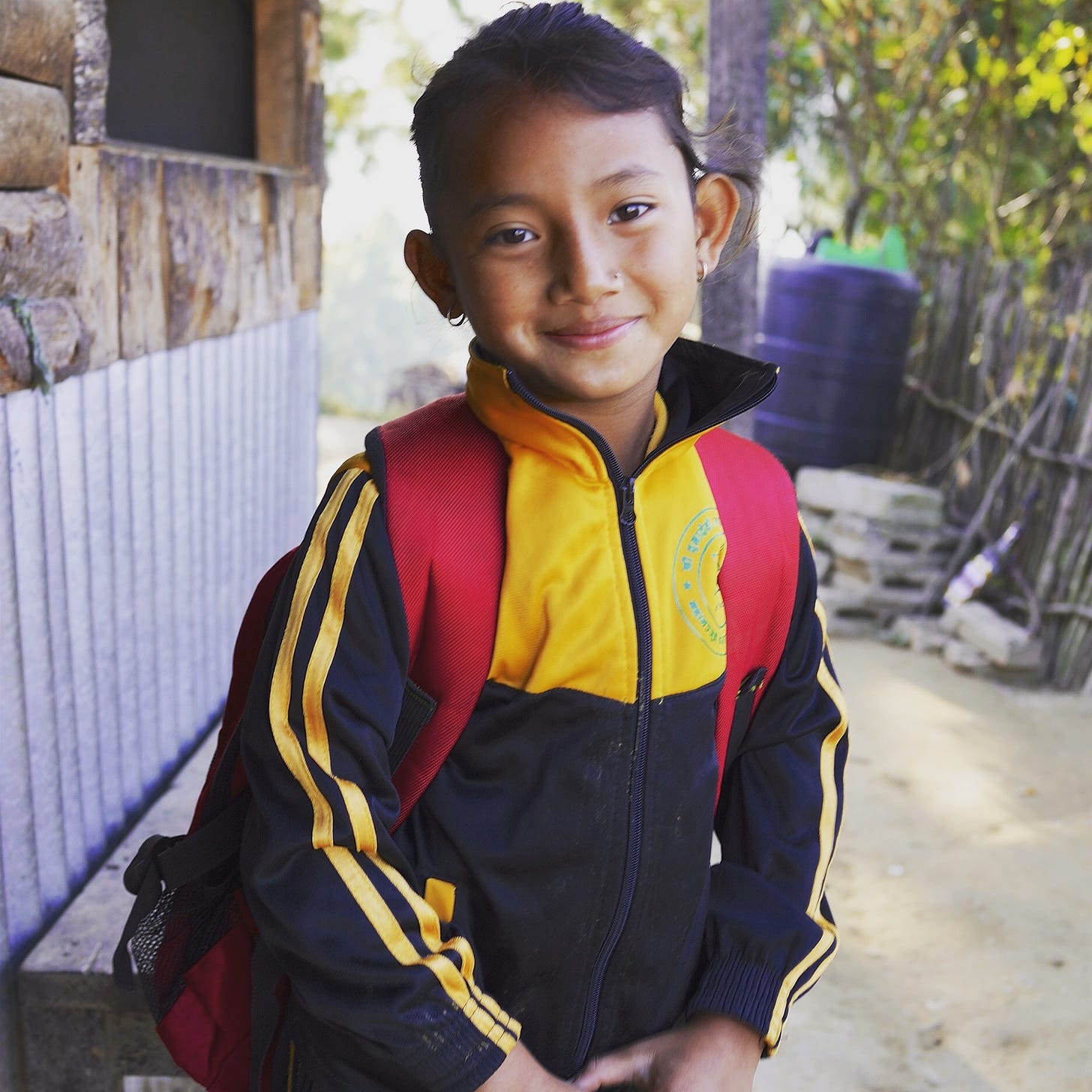
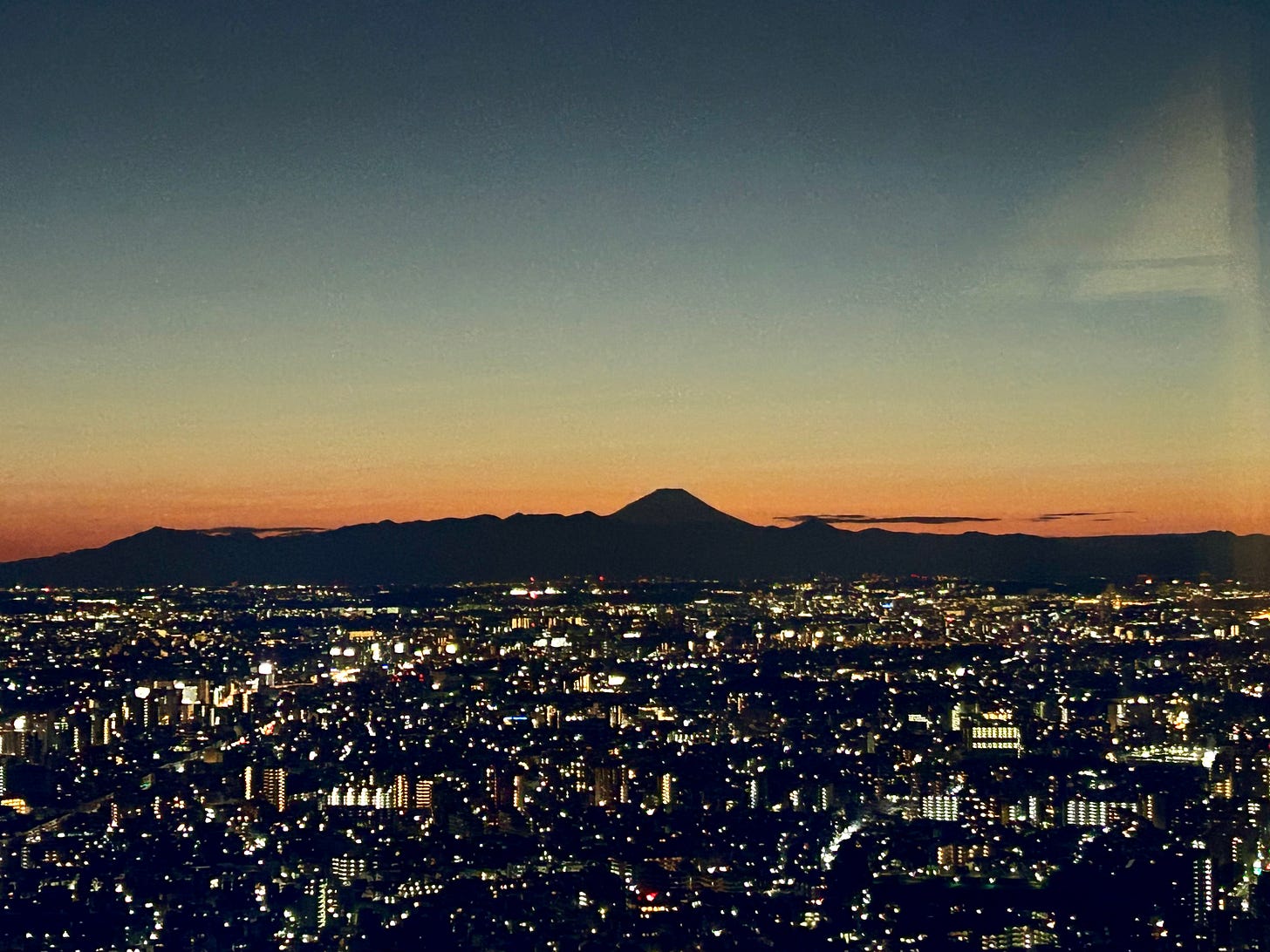
SKA - I would like to invite you to share with us - if you like - your response to the following question: In what ways has your “cancer related journey” impacted your desire and ability and approach to writing ? 🙏🏽